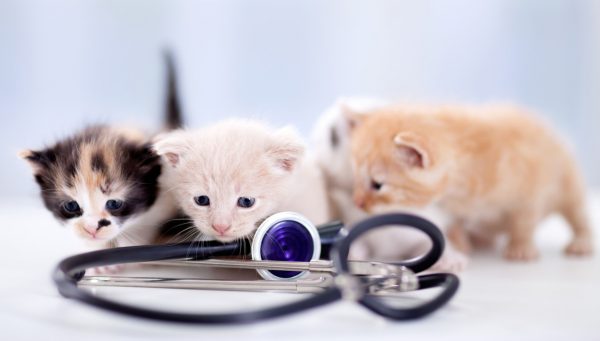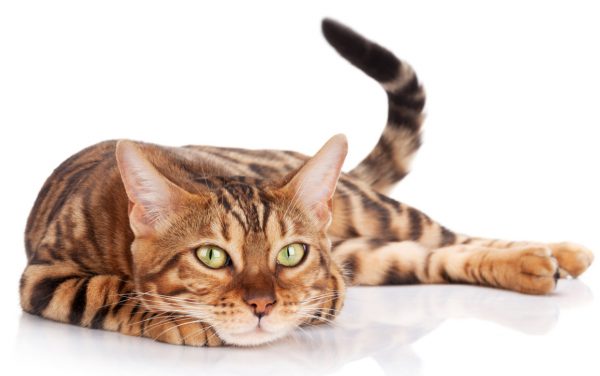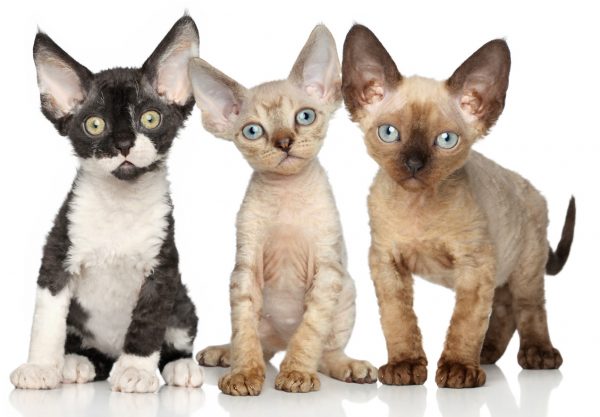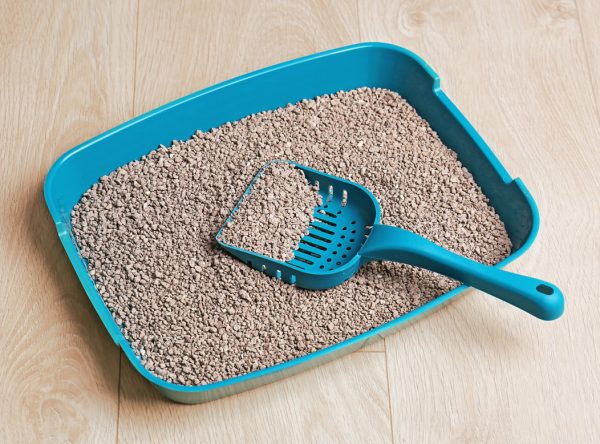What Is Feline Infectious Peritonitis?
Feline infectious peritonitis (FIP) is a viral disease most often found in cats between the ages of 6 months to 2 years. Although it is more likely to see FIP in kittens than in adult cats, cats can develop FIP at any age. There are two forms of FIP—wet (effusive) and dry (non-effusive). Felines may have one or both forms.
The wet form of feline infectious peritonitis causes fluid to accumulate in the chest and abdomen. As a result, the cat may grow a potbelly. In some cases, the extra fluid makes it difficult for the cat to breathe. The fluid that accumulates is usually high in protein and has a yellowish color.
The dry form of FIP in cats results in inflammatory lesions throughout the cat’s body, including the eyes, kidneys, liver, brain, skin, lungs, and nervous system. As a result, the cat may experience a variety of neurological issues, such as seizures, uncoordinated movement, tremors, personality changes, and increased sensitivity to touch. If the eyes are affected, the eyes may bleed or accumulate pus. Blindness may also occur.

What Causes FIP?
FIP is associated with feline coronavirus (FoCV), which has many different strains. (It should be noted that feline coronavirus is different from the type of coronavirus that causes COVID-19 in humans.) Most strains of feline coronavirus are fairly harmless—resulting in mild cases of diarrhea and minor upper respiratory illness. These types of feline coronavirus cases are called feline enteric coronavirus (FeCV). In 90% of feline coronavirus cases, the cat’s immune system mounts an effective response, produces antibodies, and deals with the infection.
Most feline coronavirus infections occur from ingesting or inhaling the virus. Because the virus can be shed in feces, the majority of cats are exposed via the litter box. Other ways to transmit the virus include saliva, mutual grooming, sharing a food bowl, sneezing, and close contact with other cats. Infected mothers can also pass the virus to their kittens. Cats that live in close quarters with other cats are most likely to be infected.
Sometimes, however, strains of feline coronavirus mutate and result in feline infectious peritonitis (FIP). FIP in cats is a very serious disease that is fatal in 95% of cases. Unfortunately, feline infectious peritonitis is not well understood, and there are limited diagnostic tools and treatments.

Are Certain Breeds of Cats More Likely To Develop FIP?
Research has shown that certain breeds of cats are more likely to develop FIP, which may indicate a genetic factor in the development of the disease. Cat breeds more likely to develop FIP include:
- Abyssinians
- Bengals
- Birmans
- Himalayans
- Ragdolls
- Devon Rexes
- Persians
Feline infectious peritonitis is also more common in cats that reside in multi-cat households, shelters, or catteries. Cats that are experiencing stress—such as stress caused by a new home, surgery, or other infections—are also more apt to develop FIP.
FIP Symptoms
Feline infectious peritonitis symptoms are nonspecific, which means they could be indicators of many other feline health problems. The early indicators of Feline Infectious Peritonitis (FIP) include:
- Fever that lasts 2 to 5 weeks
- Decreased appetite or loss of appetite
- Weight loss
- Lethargy
After a period of time, these symptoms evolve into the wet or dry form of FIP—although a cat might experience the wet form and then go on to develop the dry form (and vice versa). Once the disease evolves into these stages, most cats deteriorate quickly—living only days or weeks.

Diagnosing FIP in Cats
Diagnosing feline infectious peritonitis is quite challenging because there is no single blood test that confirms the disease. In addition, many of its symptoms could be indicators of other issues, such as diabetes or liver disease. Currently, the only sure way to diagnose FIP is for a pathologist to examine the affected tissue at a laboratory.
In many cases, FIP is diagnosed when other diseases with similar symptoms have been ruled out. In addition, a kitten or cat under the age of 2 might be diagnosed with FIP if it has a fever that does not respond to antibiotics and has high coronavirus titers. However, it should be noted that not all cats with high coronavirus titers will develop FIP.
Due to all these challenges, a FIP diagnosis may require multiple tests, including a physical exam, blood tests, ultrasounds, X-rays, and biopsies.
Feline Infectious Peritonitis Treatment
As mentioned previously, feline infectious peritonitis (FIP) is fatal in 95% of cases. There is currently no cure for the disease so treatment focuses on improving the cat’s quality of life. In many cases, euthanasia is the most appropriate and humane course of action.
However, there may be some hope on the horizon. A drug known as GS-441524 may be able to treat the wet (effusive) form of FIP. This drug is in clinical trials and is not yet approved by the FDA. Another drug called polyprenyl immunostimulant is being studied as a possible treatment for the dry (non-effusive) form of FIP.

Is There A FIP Vaccine?
There is one licensed vaccine for feline infectious peritonitis (FIP). However, it is not recommended by the American Association of Feline Practitioners (AAFP). This is not because of concerns with the vaccine’s safety but due to its effectiveness. The vaccine is not recommended for use until 16 weeks of age, which is most likely too late to prevent kittens from being exposed to feline coronavirus.
Feline Infectious Peritonitis Prevention
The only way to keep a cat from getting FIP is to prevent them from being infected with feline coronavirus (FeCV), which is quite challenging due to the virus’s contagiousness and the fact that the disease is found almost everywhere in the world. However, it is important to remember that 90% of cats infected with FeCV will not develop FIP. That being said, here are some tips to help with prevention.
- Vaccinate cats with all recommended vaccines, such as those for the feline leukemia virus.
- Clean litter boxes frequently and keep them away from food and water dishes.
- Give each cat its own litter box and keep these litter boxes in separate areas to minimize exposure to another cat’s feces. Clean and disinfect the litter boxes regularly.
- If a cat infected with FIP dies, wait a month before introducing a new cat into the house to minimize chances of exposure.
- If a cat infected with FIP dies in a multi-cat household, wait at least three months to see if any of the other cats develop the disease.
- Read more about Feline Panleukopenia (FPV) to understand the difference between FIP and FPV.
- Minimize the number of cats living together to prevent overcrowding. The recommendation is to keep stable groups of no more than four cats.
- Ensure all cats are kept in good health with regular visits to the veterinarian.



